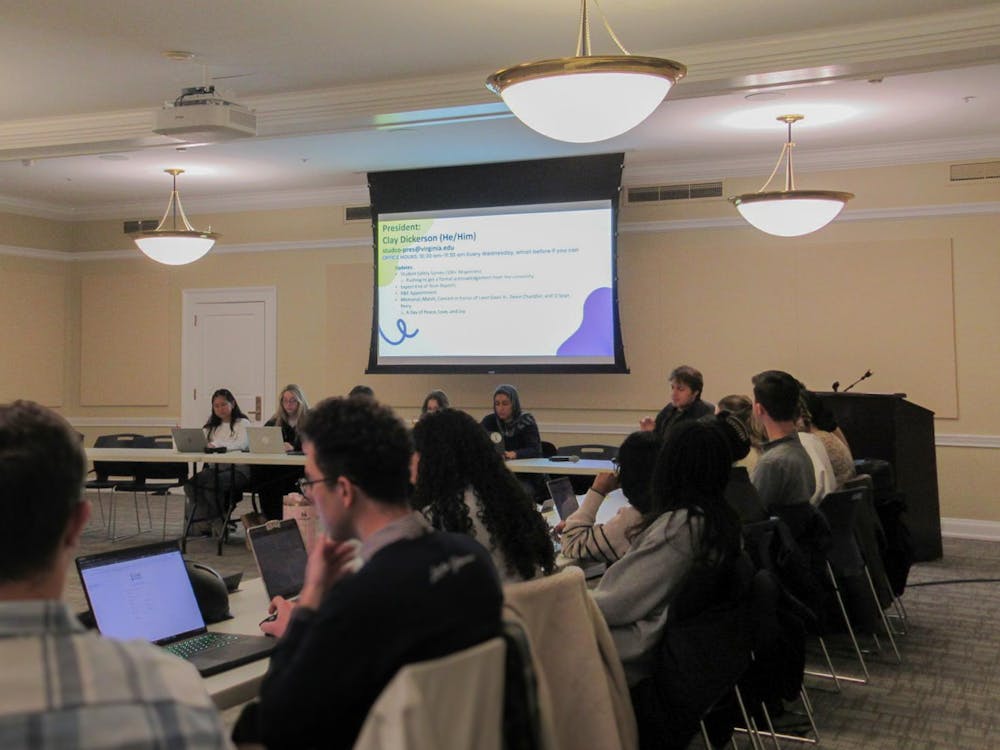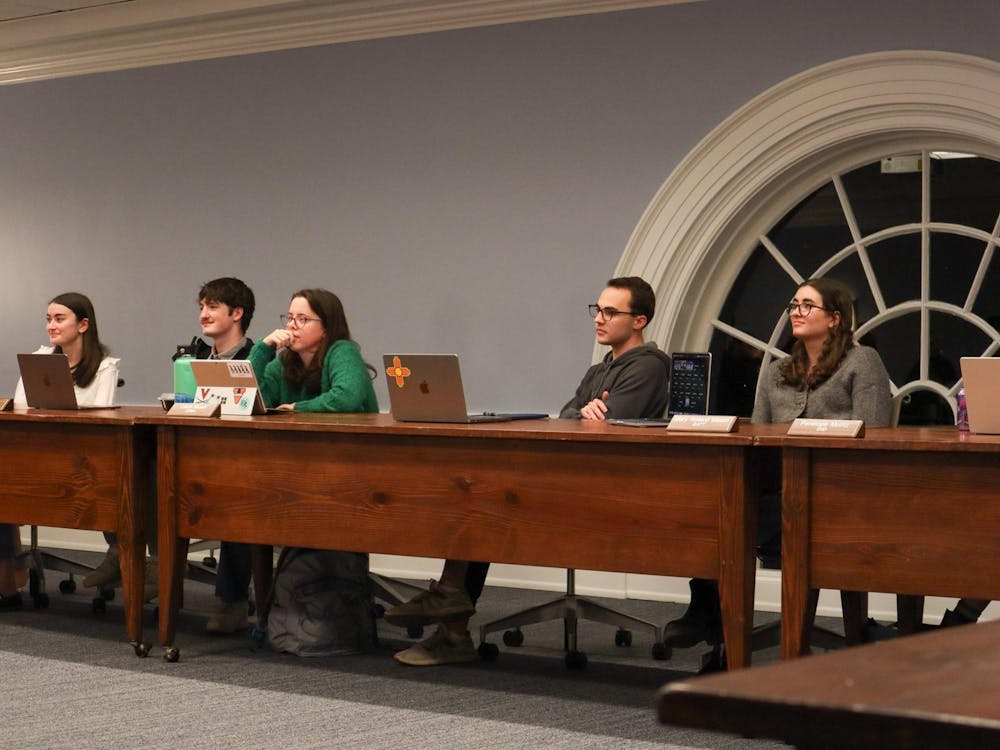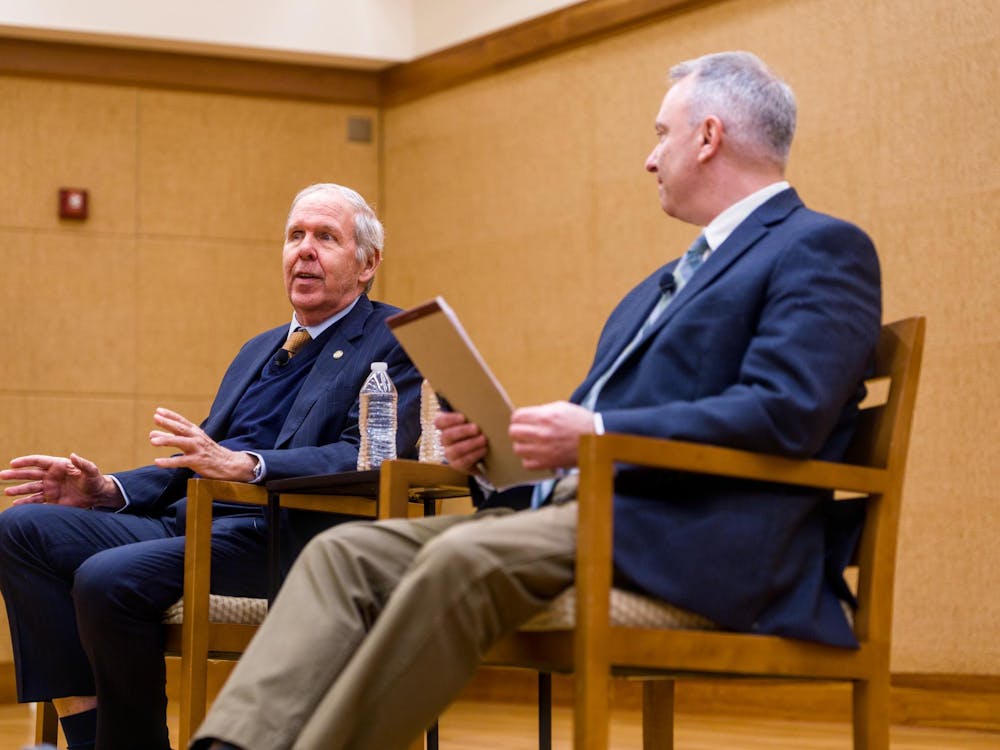It could take up to 100 more years before women professors in engineering and science disciplines reach a 50 percent gender balance in their fields, according to a study published Friday in the journal Science.
Cheryl Geisler, a Simon Fraser University dean, and Rensselaer Polytechnic Institute mechanical engineering Prof. Deborah Kaminski co-wrote the article, "Survival Analysis of Faculty Retention in Science and Engineering by Gender," after tracking 2966 individual professors from 1990 to 2009, Kaminski said.
Geisler said the pair conducted the study to discover why women seem to be underrepresented in science, technology, engineering and mathematics (STEM) disciplines.
"We wondered whether this was in part because women faculty were more likely to leave than their male counterparts," Geisler said.
The study indicated, however, both men and women were equally likely to leave STEM professions. Fifty percent of individuals hired in STEM fields left within ten years.
"[This] suggests that it is not true that fewer women stay in academia," Geisler said. "They suggest that fewer enter, but once they enter, they stay at about the same rate as their male colleagues."
The faculty in the University's Engineering School is also characterized by the gender inequality discussed in the survey. Engineering professors are predominantly male, Systems and Information Engineering Prof. Ellen Bass said.
"Data shows that women are in the minority [of engineers]," Bass said. "Promoting gender equality and ending sex discrimination elevates society... [so] half of the [population] is not denied access to full participation in research and education."
Geisler said increasing the number of women professors teaching STEM subjects can help to encourage gender equality in STEM disciplines.
"Only when [women] see women as their teachers in STEM disciplines will women see these as career options for themselves," Geisler said.
Kaminski said social responsibilities of women may contribute to the slow progress of gender equality in engineering and science disciplines.
"Professional women are still struggling to balance career and family," Kaminski said. "One of the reasons they aren't in these positions is because the tenure clock is the same as the biological clock. They want to raise children but the demands of a professional career interfere with that."
Kaminski said domestic sharing of child-rearing responsibilities may be a solution to this problem, but achieving gender equality before a century passes will require more work.
"We need to make [these careers] more attractive for women to choose so that it doesn't take longer than 100 years," Kaminski said. "The engineering world is male-dominated ... Their values and perspectives seep into everything around you ... It's easier with a female ally."
Geisler and Kaminski began research for the study in 2006 following the receipt of a 2005 grant from the National Science Foundation. Their research will be completed in September.






